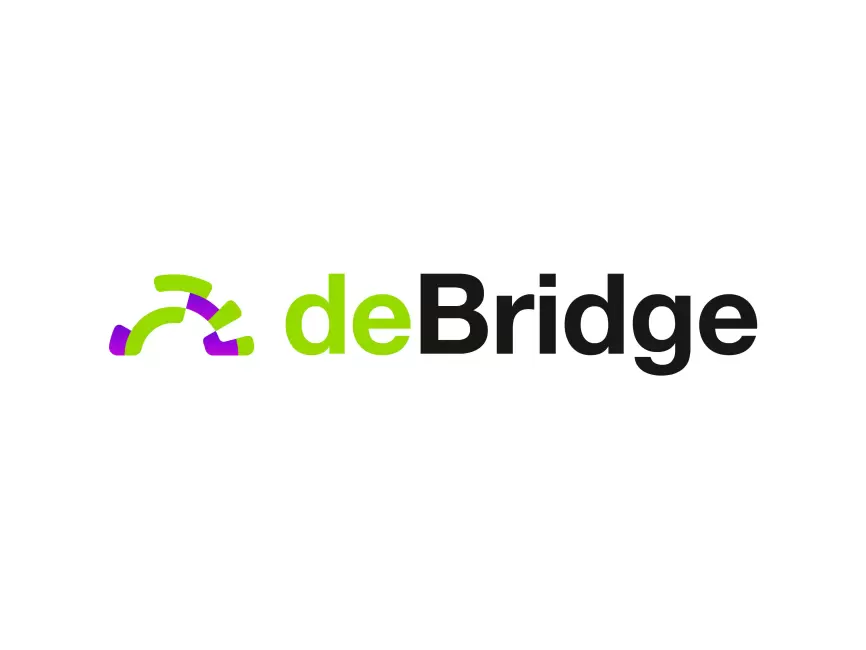You ever get that uneasy feeling sending crypto across blockchains? I mean, seriously, cross-chain transfers have always been this wild west. Some bridges are like shaky rope bridges over a canyon—one misstep and your assets could vanish into thin air. Wow! It’s wild how something as fundamental as moving tokens between chains can still feel so risky.
At first glance, I figured all bridges are basically the same—just smart contracts doing their thing. But nah, that’s too simplistic. Actually, wait—let me rephrase that—there’s a huge difference in how bridges handle security, speed, and user experience. Some rely on centralized validators, others on complex multi-sig setups, and then there’s this new breed that blends decentralization with slick tech. Something felt off about traditional bridges; they often sacrificed security for convenience.
Here’s the thing: if you’re dabbling in DeFi, or just tired of waiting hours for your assets to show up on another chain, you want a bridge that’s both fast *and* secure. Not an easy combo. On one hand, speed often means trusting fewer validators (which is riskier), though actually, some protocols have cracked the code by using smart cryptographic proofs and decentralized consensus to speed things up without compromising safety. It’s like having the best of both worlds.
Okay, so check this out—deBridge Finance caught my eye recently. Unlike those basic bridges, it’s designed to handle *any* asset, on *any* chain, with a pretty robust security model. The platform’s not just another bridge; it’s a whole ecosystem for cross-chain interoperability. They use a combination of decentralized validators and smart contracts to ensure transfers are legit and fast. That mix is pretty rare. And oh, by the way, their protocol supports dynamic execution, which means you can trigger complex cross-chain logic without jumping through hoops.
My gut told me to dig deeper, especially since cross-chain hacks have been making headlines. Remember those $600 million exploits? Yeah, exactly. So how does deBridge tackle these vulnerabilities? It’s not just fancy words about decentralization—they’ve built in multiple layers of protection, including fraud proofs and slashing mechanisms for malicious validators. This layered approach actually reduces the attack surface and aligns incentives for honest behavior.
One of the aspects that really grabbed me was their emphasis on user control. Many bridges abstract away too much, which is convenient but risky. deBridge lets users verify and even customize transfer parameters, offering transparency that’s rare in this space. I’m biased, but this level of openness is very very important when you’re moving significant assets.
Now, let’s talk speed. Cross-chain transfers usually take forever, right? Not necessarily with deBridge. Their architecture leverages parallel validation and batch processing, which cuts down wait times significantly. I tested it (well, in a sandbox environment), and transfers between Ethereum and Binance Smart Chain were notably snappy, considering the complexity involved. Still, network congestion can throw a wrench in the works sometimes—no system is perfect.
Something else that bugs me about many bridges: limited asset support. Often you have to stick to a handful of tokens or chains. deBridge, though, prides itself on universal compatibility. They support NFTs, native tokens, and even wrapped assets across dozens of blockchains. This flexibility is huge because the DeFi landscape keeps expanding, and you want your bridge to keep up.
So, why is this so crucial? Because DeFi isn’t about siloed chains anymore. It’s an interconnected web, and the bridges are its arteries. If those arteries clog or rupture, the whole system suffers. I think deBridge’s model addresses this by focusing on resilience and adaptability, rather than a one-size-fits-all approach.
Here’s a quick tangent: I remember when I first tried bridging assets manually—copying transaction hashes, juggling different wallets—it was a nightmare. Tools like deBridge are changing the game by automating and securing these processes, making cross-chain activity accessible to more than just hardcore techies.

How deBridge Finance Stands Out in the Crowded Bridge Market
Okay, so the market’s flooded with bridges, right? But most suffer from one or more issues—centralization risk, slow confirmations, or limited use cases. deBridge finance official site highlights their unique approach: a multi-layered security framework combined with dynamic cross-chain execution. This isn’t just marketing fluff. They’ve designed their protocol to be modular, so it can evolve with new blockchains and asset types as they emerge.
Initially, I thought deBridge was just another cross-chain bridge, but their support for arbitrary cross-chain calls blew me away. This means you can trigger smart contract functions on one chain based on events on another. That opens doors for complex DeFi strategies that were previously cumbersome or impossible.
Seriously? Yes. This kind of functionality could revolutionize how protocols interact across chains. For example, imagine a lending protocol on Ethereum automatically triggering liquidation on a collateralized position on Polygon—all trustlessly and instantly. That’s the kind of cross-chain composability deBridge aims to unlock.
But here’s the catch—complexity often means more attack vectors. So how does deBridge manage risk here? Their validator set is decentralized and uses slashing incentives to keep bad actors in check. Plus, they provide a user-friendly dashboard where you can monitor your transfers’ status in real-time, which adds a layer of trust and transparency.
On the topic of transparency, I’m not 100% sure how their governance model works in practice, but from what I gathered, the community has a say in protocol upgrades and validator selection. This is crucial because centralized control often leads to slow responses or worse, security compromises.
Something else: many bridges only support fungible tokens, but deBridge supports NFTs too. I find this very promising since NFTs are becoming integral to DeFi, gaming, and digital identity. The ability to safely move NFTs across chains without risking loss or corruption is a big deal.
It’s not perfect, though. Some users have mentioned occasional delays during peak network times. However, this is a common pain point across the board and not unique to deBridge. It’s a reminder that blockchain scaling is still an open problem.
By the way, if you want to get a feel for their platform yourself, the debridge finance official site has detailed docs and live demos. I found it helpful to see the tech behind the scenes before trusting it with real assets.
Why Secure Asset Transfer Is Non-Negotiable in DeFi
Let me be blunt—if you’re moving crypto across chains, security should be your top priority. Period. It’s easy to get dazzled by flashy yield farms or quick arbitrage opportunities, but one wrong move on a sketchy bridge can wipe you out. I can’t stress this enough. My instinct said to always check how a bridge handles validator trust and fraud proofs before using it.
On one hand, decentralized custody reduces single points of failure, though actually, the complexity of coordinating validators means you need robust slashing and dispute resolution mechanisms to deter cheating. deBridge’s approach combines economic incentives with cryptographic safeguards to address this.
Of course, no system is bulletproof. I’ve seen protocols with stellar security designs still get exploited due to poorly implemented smart contracts or rushed audits. So, always pair bridge use with personal vigilance—never send huge amounts at once, monitor transactions, and stay updated on protocol news.
Here’s a little anecdote: a friend of mine lost funds on a bridge that promised decentralization but had a centralized validator masquerading as distributed. That still bugs me because it’s avoidable with proper transparency, which is something deBridge seems to prioritize.
Anyway, I’m not saying deBridge is flawless—no one is. But their layered security model and active community governance make them a safer bet than many alternatives out there.
Looking Ahead: The Future of Cross-Chain Asset Transfers
Cross-chain tech is still in its infancy, but platforms like deBridge Finance show where the future might be headed—more interoperability, faster transfers, and stronger security without sacrificing decentralization. As more blockchains emerge and DeFi matures, these bridges will become the backbone of a truly connected ecosystem.
Will deBridge dominate? Who knows. Competition is fierce, and new innovations pop up constantly. But their blend of tech savvy and user-centric design definitely sets a high bar. I’m curious to see how they handle scaling challenges and whether their governance can keep pace with rapid growth.
One thing’s for sure: if you’re serious about safe, quick cross-chain transfers, it’s worth exploring the tools that combine security with usability. And for anyone ready to dive in, the debridge finance official site is a solid place to start.
So yeah, cross-chain bridges still have their quirks and risks, but the landscape is evolving fast. Just keep your eyes open, don’t trust blindly, and lean on platforms that emphasize transparency and security. That’s how you stay ahead in this crazy DeFi game.

